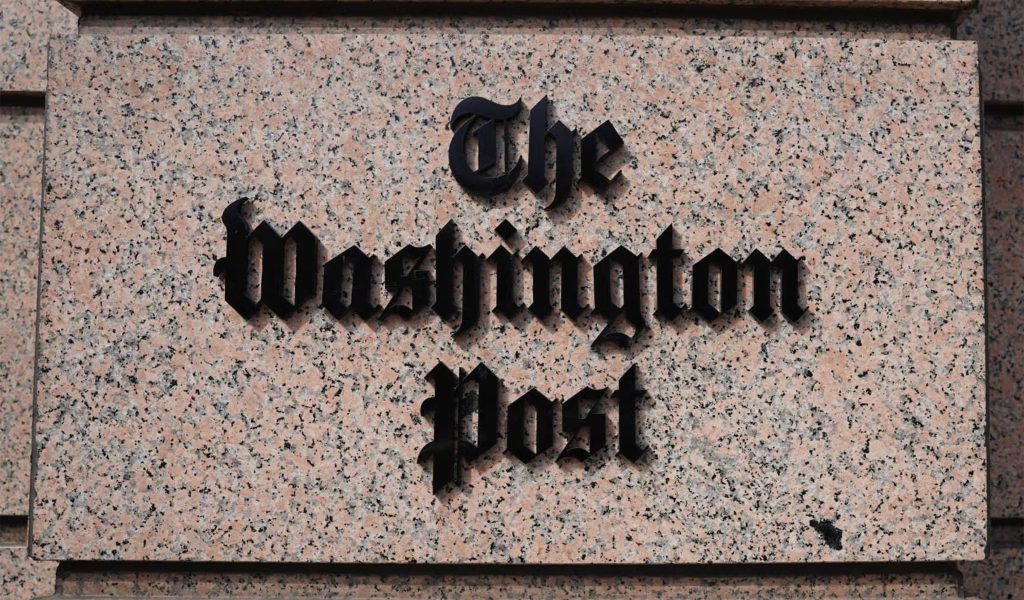“President Reagan cut taxes and deficits soared.” Those are the words of Washington Post columnist Megan McArdle. Decades after Reagan was served as president, his tax cuts are still being debated. And the debaters still misread what happened decades later.
While McArdle says it’s “a mistake” for Democrats to “treat the Laffer Curve as an irreverent joke,” she too rejects the theory expressed by supply-side happy talkers that “it was possible to cut taxes without cutting spending.” But McArdle, like Democrats, Republicans, and Supply-Siders, misunderstands what happened with the Reagan tax cuts and why deficits soared in concert with them.
So what did happen? The short, and obvious answer is that economic growth drives budget deficits and debt. Basic stuff, albeit basic stuff that eludes the warring ideologies. Except that we’re getting ahead of ourselves.
First, it’s important to address the arguments. McArdle, not a Democrat and also someone who doesn’t dismiss the Laffer Curve as Democrats do, believes as Democrats do that Reagan’s tax cuts caused the deficits. She’s right, as are the Democrats, but for the wrong reasons.
Deficits logically followed the Reagan tax cuts, but not because tax revenues declined after the cuts. This is the implied view of McArdle and the Dems. It’s flawed. As supply-siders have correctly pointed out for decades, tax revenues rose substantially in the years after the Reagan tax cuts.
To which traditional Republicans and more than a few supply-siders will respond that what happened in concert with the Reagan tax cuts was a surge of spending that brought on deficits. Republicans and supply-siders are right, but yet again for the wrong reasons. So are Democrats who blame Reagan for the spending.
Addressing the Dems first, Reagan’s proposed budgets were annually rejected by Democrats who controlled the House of Representatives. To say that “Reagan’s spending” caused deficits ignores how Washington works. Republicans and supply-siders might jump on this truth to lay the blame for the deficits at the doorstep of the Dems who had the power of the purse. That too is an incorrect assertion.
So is the supply-sider argument that says because federal tax revenues soared in response to the Reagan tax cuts, that we must conclude that tax cuts paid for themselves. They didn’t.
The supply-side argument imagines that higher tax revenues just happen, that there’s no behavioral response among politicians and investors to higher tax revenues born of enhanced economic growth. This is naïve, and worse, it rejects the basis of supply-side theory which says that incentives matter, and that behavior changes in response to legislation. In particular, supply-siders have long argued that people will work and produce more if the tax cost of doing so is less. The presumption is debatable, it seems people like Jeff Bezos and Steve Jobs would work feverishly regardless of the rate, but that’s another write-up. For now, supply siders ignore the obvious behavioral implications of higher revenue flows into Washington.
For one, politicians exist to spend. That’s why they’re there, Democrat or Republican. And while every politician likely has programs and agencies he or she would like to cut or abolish, those same politicians have programs or agencies or entities they’d like to spend more on. If 435 individuals want at least one program to grow, they’ll trade votes to get their program funded. Add up the small wants of 435 rhetorically parsimonious people, and you’ll get more spending. Worse, every extra dollar of tax revenue inflow has a multiplicative effect when it’s remembered that government programs only grow. Dollar one of expenditures multiplies over time as programs develop constituencies.
Much more important is the simple truth that governments can only borrow insofar as investors expect not just higher tax revenues now, but much higher tax revenues in the future. Which gets us to the simple truth about the Reagan tax cuts: precisely because they resulted in enhanced economic growth that revealed itself to Washington (and investors) in higher tax revenues, the ability of Washington to borrow soared in response to the rising revenue implications of the tax cuts. In other words, deficit spending doesn’t boost economic growth as hapless Dems and all-too-many Republicans believe, rather deficits are a consequence of economic growth.
The above is what supply-siders missed, and that Republicans, Democrats and McArdle don’t understand. Individuals, companies and governments’ capacity to borrow grows as revenues and expected revenues grow. So yes, the Reagan tax cuts most certainly resulted in deficits and debt, but not for the reasons readers have been told for decades.
Republished from RealClear Markets






